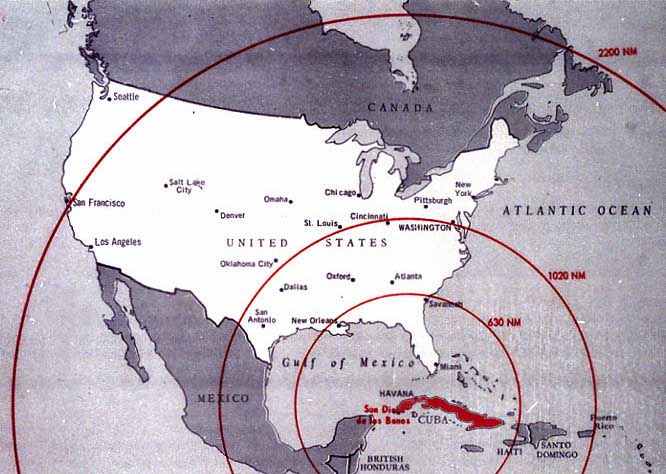February 7, 2010
The public misperception that nuclear weapons make us safe is so deeply entrenched that we need all the help we can get in communicating the risk that these weapons pose. Fortunately, just such a study, Talking About Nuclear Weapons With the Persuadable Middle, is now available on line.
If you're short of time, jump to page 2's Executive Summary which lists eight key ideas, or if you're even more pressed just read the rest of this email which compresses the findings even more.
Based on extensive research with focus groups composed of the kind of people we need to reach (the "persuadable middle"), the researchers found that:
1. The fact that nuclear weapons are a source of risk – not the fact that they are morally wrong – should be presented as the underlying reason why the issue of nuclear weapons matters.
2. Reducing risk should be underscored as the goal of peace and security advocates.
3. "Getting to zero" should not be presented as the primary focus of advocates; the goal, again, is to reduce risks to global stability and national security. (Later, on page 17, the report notes that with effective framing and policy recommendations, many people will conclude, on their own, that it makes sense to work toward the elimination of all nuclear weapons.)
4. Retired military leaders and security experts – whose perceived objective is to keep America safe – have proven to be more effective messengers. ... the first words out of an advocate's mouth should be a reference to validators who are retired military leaders or seen as security experts. These should be bipartisan experts whose support demonstrates that it's about security and not politics – which means that referencing President Obama can backfire, by making our objectives seem like part of a Democratic/partisan agenda. [The efforts of George Shultz, William Perry, Henry Kissinger and Sam Nunn are helpful in this regard. Two Republicans and two Democrats arguing for "A Return to the Vision of Reykjavik" – a world free of nuclear weapons – emphasizes the non-partisan nature and links that goal with Ronald Reagan.]
It was also encouraging that these researchers, coming at the problem from a totally different angle from me, independently concluded that the language of risk is central to effective communication on this issue. Between my work to quantify the risk and their effort to communicate it, we have a powerful message. If you have time to read more of the report, I highly recommend it. That will explain why these messaging techniques are so powerful, and provide even more.
Thanks for your efforts to defuse the nuclear threat.
Martin
================================
Martin Hellman
Member, National Academy of Engineering
Professor Emeritus of Electrical Engineering
Stanford University
HOW YOU CAN HELP: As suggested in email #27, consider whether there you are a member of a group where you might replicate the process I am trying at Stanford. For details, see the project description.
NEW RESOURCES: The handouts for my Stanford seminar on "Nuclear Weapons, Risk and Hope" are available online and contain information of interest to this audience in general. In particular, pages 4-5 of handout #1 have additions to "Soaring, Cryptography and Nuclear Weapons" (our most popular resource) that illuminate the link between nuclear war, nuclear terrorism and nuclear proliferation. Watch the above page for new handouts every week or so.
SUBSCRIPTIONS: To send a comment, change your email address, or unsubscribe please send me a message at NuclearRisk@stanford.edu. (Please do not reply to this message.)
REPRODUCING THIS PAGE:
Permission is granted to reproduce this page in whole or in part.
A reference to http://nuclearrisk.org/email30.php would be appreciated,
or in print to NuclearRisk.org.



